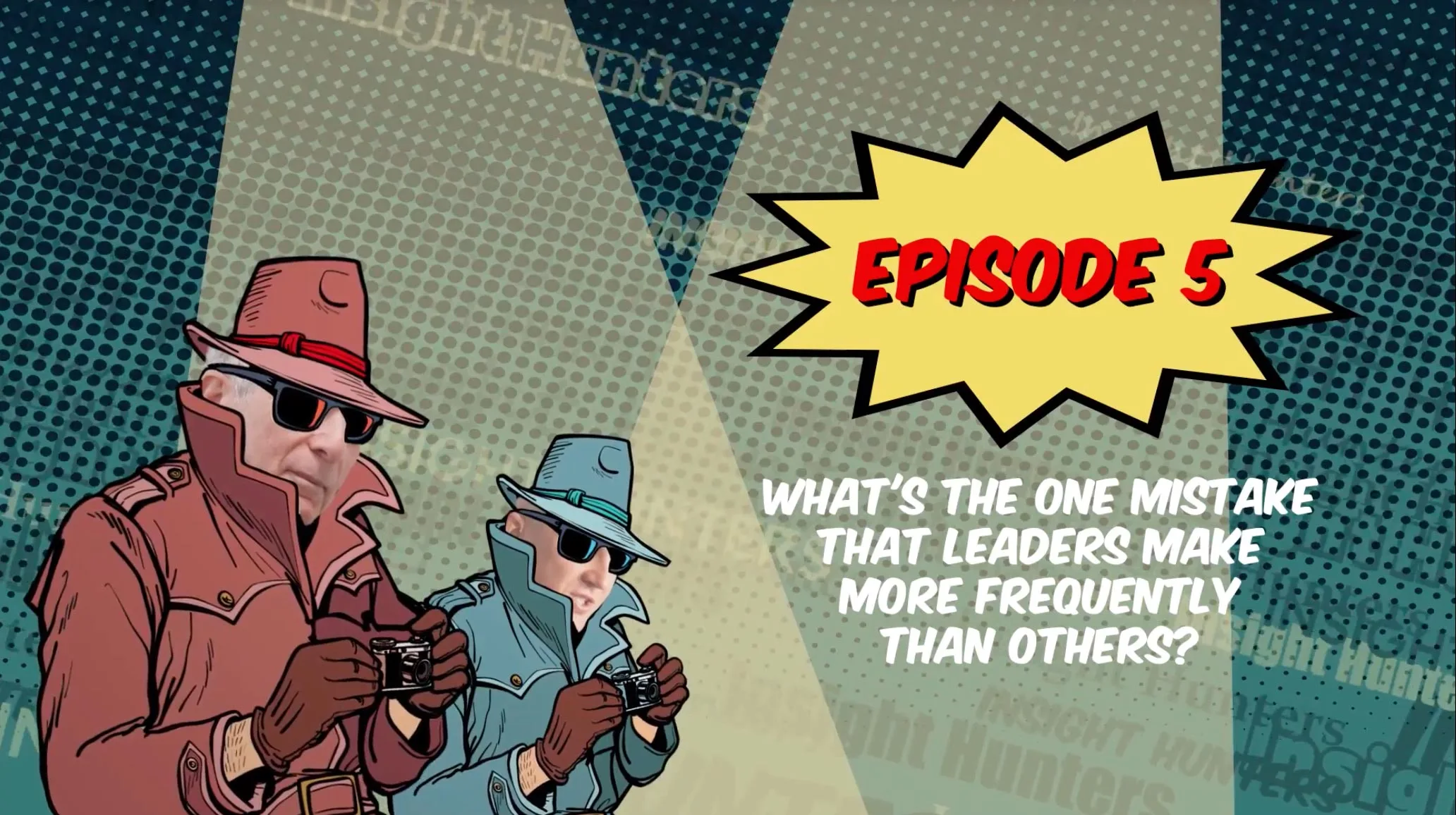Here’s a recap on the biggest takeaways from last month’s Step Change Open Haus event, How to Build a Customer-Centric Culture.
Insight: Companies that put the customer at the heart of what they do perform better and are able to drive customer loyalty.
Data: 83% of B2B buyers say that an excellent customer service experience would lead to them purchasing again from the same supplier. (Accenture)
Key Action Point: Embed customer-centricity in your company from the Board to the frontlines.
What Drives Customer-Centricity
Bettina Pidcock, Chief Customer Officer at QBE insurance said that it’s company culture that drives customer-centricity, which is about giving people the responsibility to act in the customer’s best interest.
Now anyone can say they have their customers’ best interest at heart but act differently according to their needs.
For a company to be truly customer-centric, we need to ask ourselves, “Are we, as a company and as individuals, making decisions that build trust and sustaining long-term relationships with our customers?”
Recommended article: Customer-Centric Culture: Why Being Customer-Obsessed Leads to Greater Revenue
Automation vs the Human Touch
Powerful automation allows us to simplify and humanise an experience. But Bettina also added that sometimes, automation can block customer-centricity because we don’t see the customer.
The key here is to start with the person, the customer, before thinking about what technology to use to get the job done.
When done well, automation can enable us to engage individuals, giving them a seamless customer experience that feels one to one.
As Steve Jobs once put it, “You’ve got to start with the customer experience and work back toward the technology. Not the other way around.”
Recommended article: Why Marketing Automation Should Be Part of Your Marketing Strategy
In the Passenger Seat
According to thought leader Chris Zinn, Director of Campaigns and Communications at Determined Consumer, “Customers want to be in the passenger seat, not the driver’s seat.”
Whilst it’s true that customers have the power to make or break brands, in the race towards great customer experience, what they ultimately want is to be sitting on the passenger’s seat, expecting brands to take them on a great experience.
Provide a Seamless Experience
Sometimes customers just want an easy experience and would rather not be pestered with messages all the time. Flooding their inbox with spammy content and company-focused content will only make them experience marketing message fatigue.
Instead, capture their attention with personalised messages sent in a timely manner. Focus on the quality of the message you share, not the quantity. Diversify your messages: it doesn’t have to be about you all the time. Send them engaging content from your blog, offer giveaways, and if they’re a customer, request for feedback.
Start from the Top
“Customer-centricity needs to come from the board level. There are not enough customer-centric (marketing) smarts at the board level,” says Tim Parker, Chairman at The Possibility Partnership.
The members of the Board need to lead by example and commit to model the right behaviours. This will help ensure company-wide consistency and buy-in from the frontline to management.
Recommended article: Change Management Principles: How to Lead Change and Make It Stick
Conclusion: It’s a Commitment to Adding Value
Being customer-centric takes more than just offering great service. It’s about committing to add value to your customers’ lives. It’s about operating your business in a way that gives a positive experience from awareness to repeat purchase.
Embedding a customer-centric culture within your organisation doesn’t happen overnight. But when done right, not only does it empower your staff to make good decisions for your customers, it also makes your business provide an excellent experience that makes customers want to do business with you again.












![Top 10 Articles C-Suites Read in the Step Change Blog [2019 Edition]](https://blog.hellostepchange.com/hubfs/step-change-top-10-articles-2019.001.jpeg)



